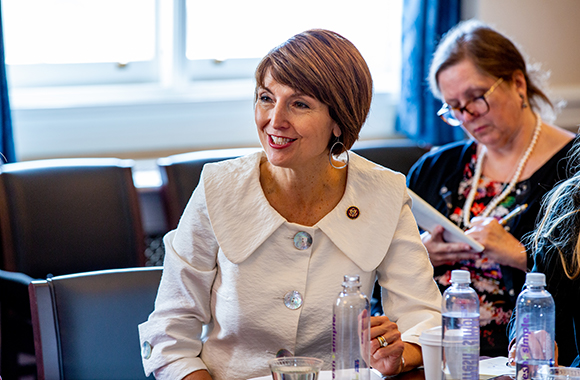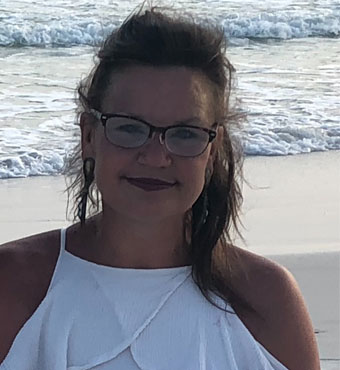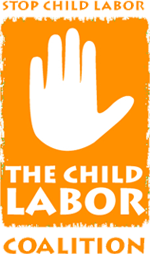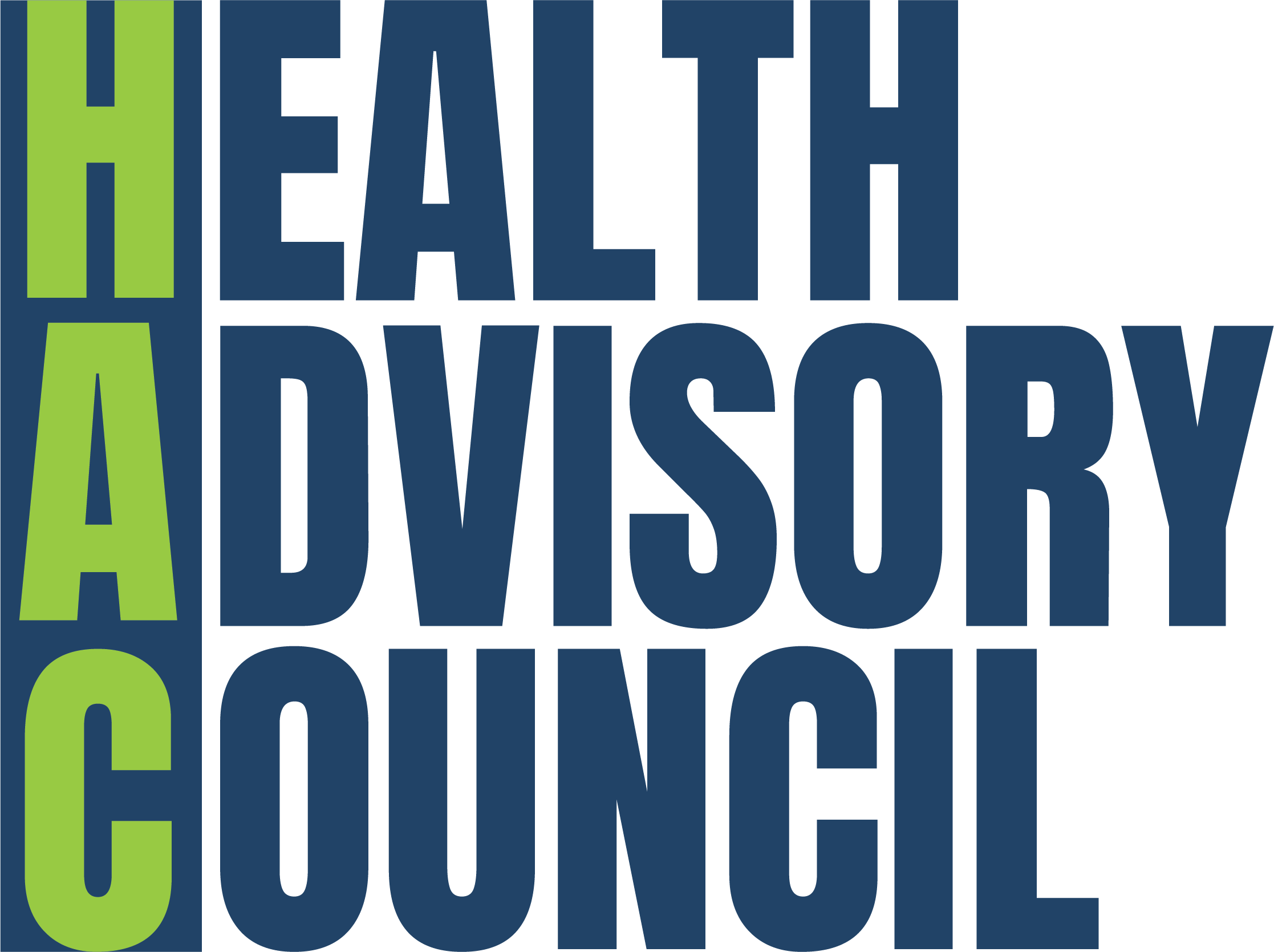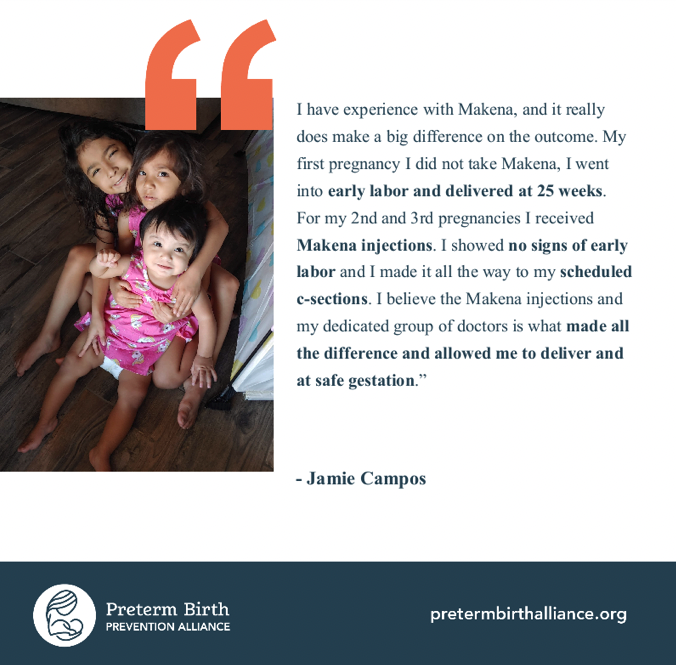December 16, 2009
Contact: John Breyault, NCL (202) 207-2819, johnb@nclnet.org or
Shannon Flaherty, National Association of Ticket Brokers, (202) 425-2404, sflaherty@theheraldgroup.com
Washington, DC–Joined by Members of Congress, leading public interest advocates and live event industry representatives today called on the Department of Justice (DOJ) to live up to its antitrust mission and block the proposed Ticketmaster-Live Nation merger. At a press conference on Capitol Hill, the group called on concerned consumers nationwide to go to the coalition’s Web site – www.TicketDisaster.org – and make their voices heard to policymakers in Washington.
Members in attendance at the event included Representative Michael Capuano (D-MA), Representative Joseph Courtney (D-CT), Representative Steve Cohen (D-TN), Representative Bill Pascrell (D-NJ) and Representative Peter Welch (D-VT). Joining the Members in the announcement of the new coalition was the American Antitrust Institute, Consumer Action, Consumer Federation of America, I.M.P. Productions Chairman Seth Hurwitz (representing independent venue owners), the National Association of Ticket Brokers, the National Consumers League and the U.S. Public Interest Research Group (USPIRG).
Published media reports have indicated that the DOJ is in the final phases of its review of the merger, which the groups called a “disaster in the making for any consumer that wants affordable, convenient access to live events.”
“It continues to be my view that this merger represents the greatest and most urgent threat to music fans across this country, and, if approved, will have far reaching and long lasting negative consequences for concert goers and nearly everyone involved in the live music business.,” said Pascrell, a member of the House Ways and Means Committee who led 50 Congress members to oppose the pending merger in July with a letter to the U.S. Department of Justice. “This is little doubt that the result of this merger will be higher ticket prices and fees for fans, and chilling effects on consumers, business managers, artists, music fans, and promoters, in every state throughout this country. The American people agree: the Department of Justice must swiftly and resoundingly reject this hostile takeover of the concert industry. No concessions from Ticketmaster and Live Nation will cure this merger’s inherent anti competitive nature.”
“This is a textbook horizontal and vertical monopoly that is being proposed here,” said Representative Courtney. “Either we have competition in this country or we don’t,” stated Representative Capuano. Added Representative Welch, “Why should [consumers] be the source of overreaching profit by the monopoly power?”
“This merger is a dead-end for consumers,” said National Consumers League Executive Director Sally Greenberg. “For too long consumers have had to bear the burden of ever-higher ticket prices and add-on fees while Ticketmaster and Live Nation have been left to gobble up the competition. The time is now for the DOJ to step in and say ‘enough is enough.’”
“We do not see any possible divestitures that will create an alternative competitor comparable to what Live Nation is in practice and can be potentially,” said Albert Foer, President of the American Antitrust Institute. “The systemic risk that will be created by this merger is not that it is too big to fail, but that it is too likely to succeed. It is time for the Justice Department to just say NO!”
Tom Patania, immediate past president of the National Association of Ticket Brokers and a constituent in Rep. Pascrell’s district, said “Ticketmaster’s game plan is if you can’t beat ‘em, buy ‘em out, and we can’t turn a blind eye to it. In just the last few years Ticketmaster’s been on a buying spree, spending more than $400 million to acquire their competitors. The question for DOJ is who can compete against that?”
###
About the American Antitrust Institute
The American Antitrust Institute is an independent non-profit education, research and advocacy organization. Since its formation in 1998, the AAI’s mission has been to increase the role of competition, assure that competition works in the interests of consumers, and challenge abuses of concentrated economic power in the American and world economy. To learn more about the AAI, please visit www.antitrustinstitute.org.
About Consumer Action
Consumer Action, founded in 1971, is a national non-profit consumer education organization headquartered in San Francisco with offices in Los Angeles and Washington, DC. For more information, please visit www.consumer-action.org.
About the Consumer Federation of America
The Consumer Federation of America is a non-profit association of more than 280 groups that, since 1968, has sought to advance the consumer interest through advocacy and education. For more information, please visit www.consumerfed.org.
About the National Association of Ticket Brokers
The National Association of Ticket Brokers, formed in 1994, is the non-profit trade association dedicated to protecting consumers and the secondary ticket market. For more information on NATB and consumer protection efforts, please visit www.NATB.org.
About the National Consumers League
The National Consumers League, founded in 1899, is America’s pioneer consumer organization. Our mission is to protect and promote social and economic justice for consumers and workers in the United States and abroad. For more information, visit www.nclnet.org.
About the U.S. Public Interest Research Group
U.S. PIRG, the federation of state Public Interest Research Groups, is a non-profit, non-partisan public interest advocacy organization. For more information, please visit www.uspirg.org.

